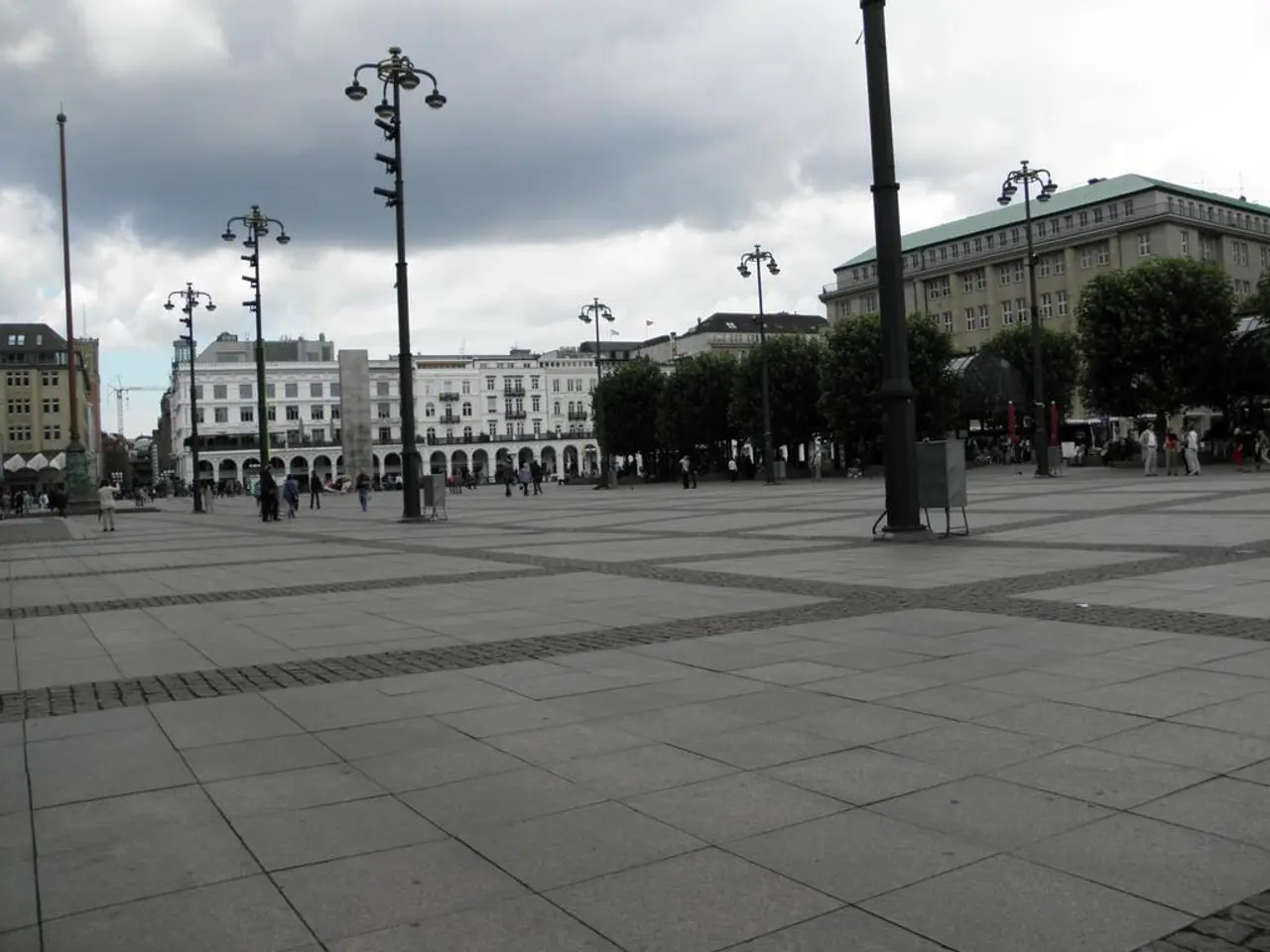Unusual heatwave expected in Kuban region soon
In July 2025, Russia is bracing for an unusual heatwave, with the Northwestern Federal District, including the Krasnodar region, expected to experience stable hot weather. This heatwave is part of a larger series of European heatwaves that started in late May, affecting not just Russia, but also southern Europe, with temperatures soaring well above historical averages.
Experts attribute this heatwave to a persistent high-pressure system leading to prolonged heat, combined with broader European heatwave patterns driven by climate change. Temperatures have been 3 to 8 degrees Celsius above the average climate norms, breaking records not seen in nearly 30 years.
The heatwave is particularly worrying for Moscow, where temperatures are forecasted to reach up to 36°C (96.8°F), a record-breaking figure. This could lead to health challenges, especially for the elderly and outdoor workers, increased heat stress, pressure on public health systems, and behavioral adaptations such as Muscovites seeking relief in parks and country houses.
The heat also exacerbates risks associated with urban heat islands in continental climates like Moscow’s. Potential impacts include health risks, especially for the elderly and outdoor workers, record-breaking temperatures, urban heat stress, and behavioral changes, strain on infrastructure and public health.
The forecasts suggest this heatwave will persist at least until early August. Meanwhile, meteorological discussions hint at possible shifts toward a La Niña pattern later in the year, which could influence regional climatic variability but is unlikely to immediately affect the ongoing heatwave in Russia.
In the Krasnodar region, where Novorossiysk is located, temperatures are expected to rise significantly, exceeding normal levels by 5 degrees or more. The city of Kuban is forecasted to experience temperatures ranging from +35 to +39°C during the first half of next week. In response, the city of Novorossiysk is preparing an audio guide for tourists to navigate the city more easily during the heat.
This heatwave underscores the urgent need for climate action and adaptation strategies to protect public health and infrastructure from the impacts of extreme weather events.
| Cause | Potential Impacts | |-----------------------------------|--------------------------------------------------| | Persistent high-pressure system | Health risks, especially to elderly and outdoor workers | | Climate change amplifying heatwave| Record-breaking temperatures, urban heat stress | | Part of broader 2025 European heatwaves | Behavioral changes, strain on infrastructure and public health |
These insights are based on recent meteorological reports and climate analyses highlighting the unprecedented nature of this heatwave in Russia within the 2025 European heatwave context.
[1] Climate Central [2] The Guardian [3] NASA [4] The Washington Post
Scientists are linking the current heatwave in Russia, including the Northwestern Federal District and the Krasnodar region, to climate change, as it is part of a larger series of European heatwaves this year. [1]
Environmental science forecasts suggest that the heatwave will persist until early August, potentially reaching record-breaking temperatures in Moscow and the Krasnodar region, leading to health challenges, urban heat stress, and behavioral adaptations. [2]
The prolonged heat, combined with a persistent high-pressure system, has caused temperatures to be 3 to 8 degrees Celsius above the average climate norms, affecting weather forecasting and weather patterns across Europe. [3,4]








